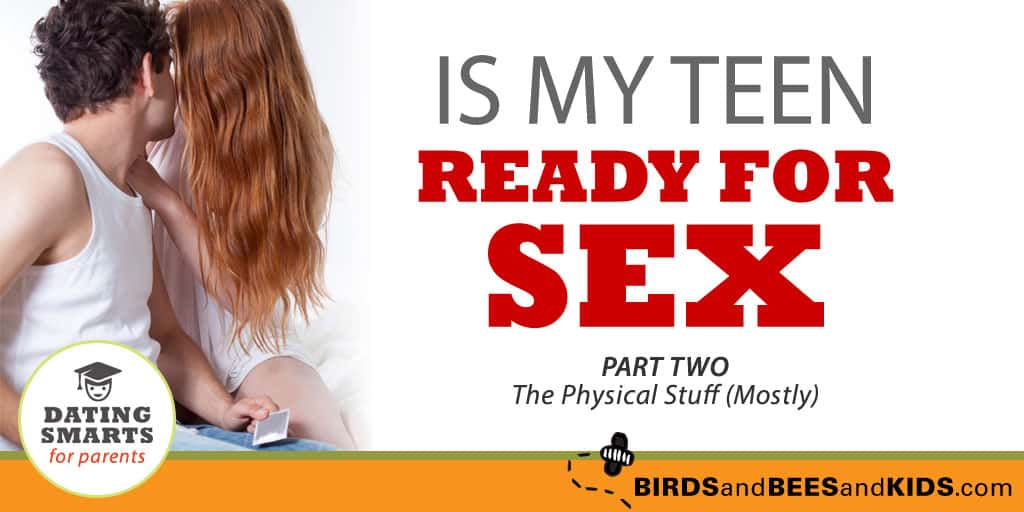Is My Teen Ready for Sex? Part 2—The Physical Stuff (Mostly)
Every teenager needs to know about how to keep their body and mind healthy, birth control, condoms, STI prevention, pleasure and consent. Sharing this information will not give your teen permission to have sex, rather it is part of your role in ensuring they stay healthy and happy.
How Does Your Teen Know Their Parts Are Healthy?
Using the list below, share with your teen how to tell if their and their partner’s bodies are healthy. This will help them know when to see a healthcare provider.
- The outer vaginal area (clitoris, urethra opening, vaginal opening, labia) is called the vulva. Vaginal areas can be tan, brown, dark brown, pink, tannish pink, or brownish pink and are self-cleaning so no douching because it can lead to infection.
- “If it’s clear and white it’s alright. If it smells or is itchy something’s fishy.” – Nancy Redd, author of Body Drama.
- For female folks if their vag area smells fishy, oniony, yeasty, cheesy, or has green or yellow discharge, or there is burning or trouble urinating, this could mean trouble and they should see a medical person.
- Penises come in different shapes, sizes and colors. Some curve when they’re erect, have wrinkles, blood vessels, pubic hair, or the occasional mole or ingrown hair (looks like a pimple). Some guys are circumcised, others are not. These are all normal, as are random erections. As for size? 5- 6 inches is normal.
- Tell your teen to get checked if their area is tender, irritated, inflamed, red, rashy, raw, has sores, scabs, bumps, or blisters.
When girls have sex for the first time it could hurt temporarily because the vagina is being stretched. Also, a musky scent is OK, as is sweat, but if it’s a nervous/stinky sweat odor, tell your teen to check in with their partner to make sure everything is OK.
STIs and Birth Control
You will not be there when your teen makes their decision to have sex, so it’s important to provide them with a way to say no and a way to get birth control. Left untreated, STIs can cause issues with getting pregnant, disease, or death. You cannot tell by looking at someone if they have an STI, so it’s also important to share with your teen a list of all the STIs, including symptoms, how you get it, and treatment.
Share that they can also get STIs from oral (or anal) sex, so it’s important to use protection. If your daughter is already on the pill or other birth control method, condom use is still an absolute must because the pill doesn’t protect against STIs.
What’s “Safer Sex”?
Share with your teen that safer sex means sexual activity that either does not involve body fluids (semen, vaginal secretions, blood) or that uses a barrier. Encourage your teen to talk about using protection with their partner even if it’s uncomfortable. Prepare your teen for what to say and do if their partner doesn’t want to use a condom.
They can establish a rule – unless they’ve dated for a year and are monogamous, condoms are a requirement. Being sexually active is an adult decision and requires adult behavior.
Safer sex also means getting and giving consent as they move along from sexy thing to sexy thing. Tell them this means an enthusiastic and clear YES! One great and easy way to talk about what they like and help consenting along is to ask their partner, “What are you into?” before they get busy.
The more prepared your teen is, the better their choices. Ultimately, when your teen becomes sexually active, your hope is that they will have no regrets, just like you, right? 😉
Click here to see Part 1 – all about the emotional readiness.




